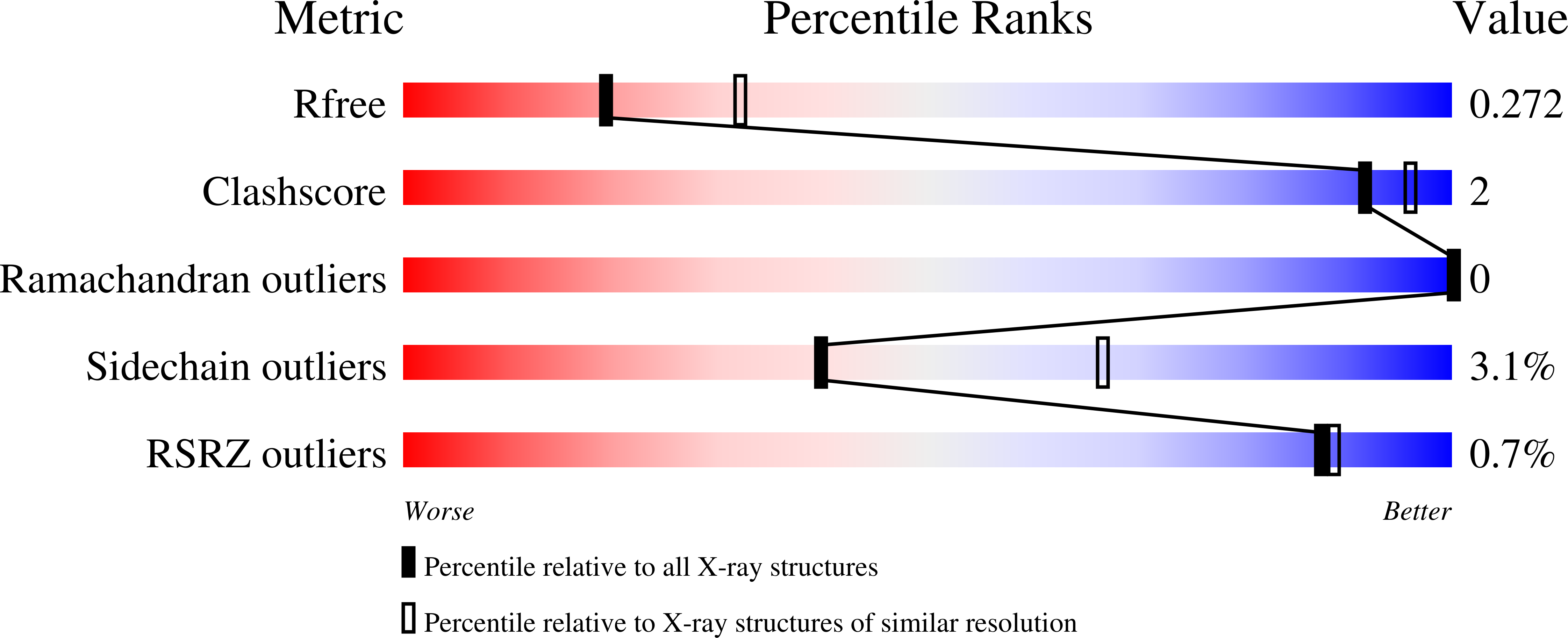
Deposition Date
2005-01-07
Release Date
2005-02-15
Last Version Date
2024-02-14
Entry Detail
PDB ID:
1YHG
Keywords:
Title:
Uncyclized precursor structure of S65G Y66S V68G GFP variant
Biological Source:
Source Organism:
Aequorea victoria (Taxon ID: 6100)
Host Organism:
Method Details:
Experimental Method:
Resolution:
2.50 Å
R-Value Free:
0.28
R-Value Work:
0.21
R-Value Observed:
0.21
Space Group:
P 1 21 1


